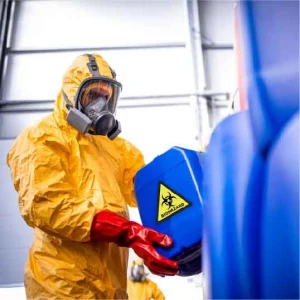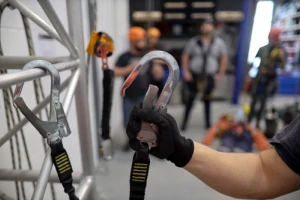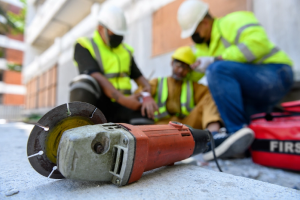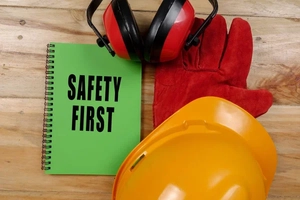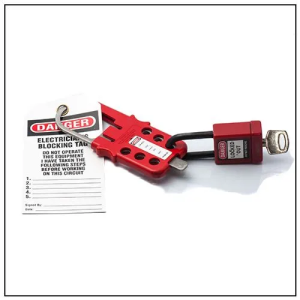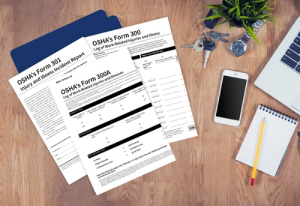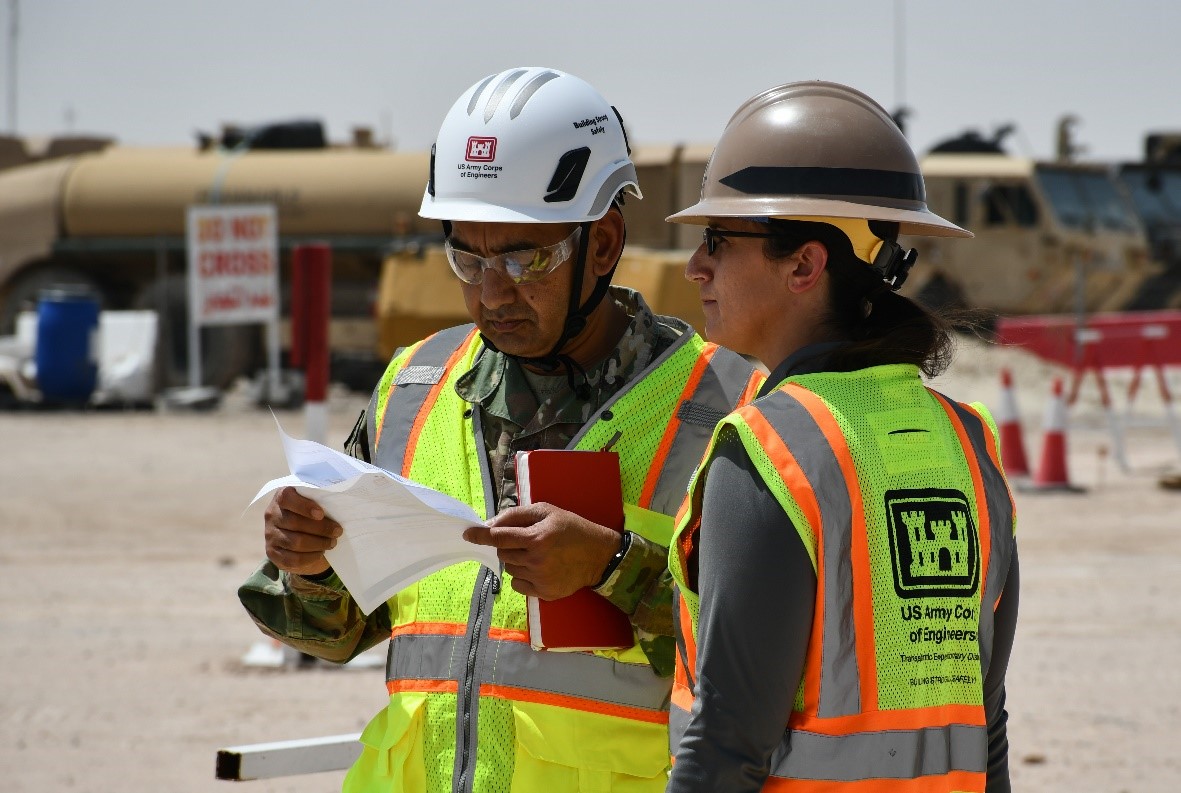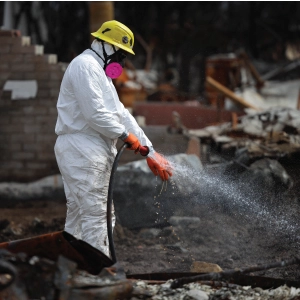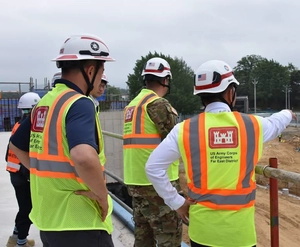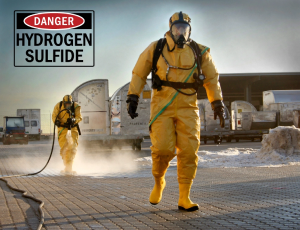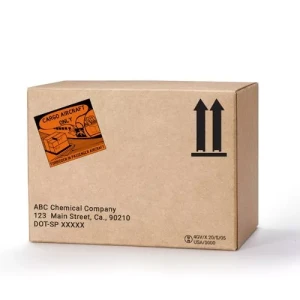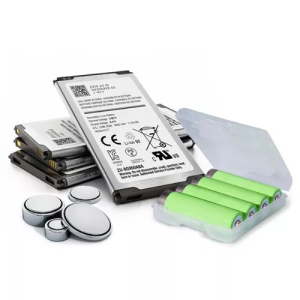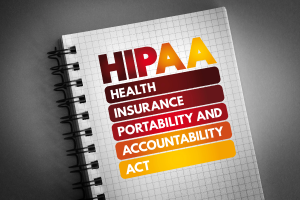OSHA Hand and Power Tools Safety Training
- In accordance with Federal OSHA Regulations 29 CFR 1926 Subpart I
- Available in:
 English |
English |  Español
Español - Study anytime, anywhere, on any device
- Flexible, self-paced mobile learning module
- Get your official certificate as soon as you’re done
- Audio option lets you hear the course content
- Choose SCORM-compliant, online streaming, virtual-led, or face-to-face learning options
0.2
Bulk Buying
| Employee | Per Seat |
|---|---|
| 2-10 | $39.59 |
| 11-20 | $39.19 |
| 21-50 | $38.79 |
| 51-100 | $37.99 |
| 101-250 | $37.19 |
Course Facts
Training Duration
Learning Type
Course Access Validity
Device Support
Certificate Validity

Our OSHA Hand and Power Tools Safety Training course will help maintain safety at your workplace and ensure OSHA compliance. This training will help you master problem areas related to ergonomic hazards, toll usage, and OSHA compliance regulations alongside the dos and don’ts for safe tool usage. Be it your first time on a construction site or you possess significant experience working around equipment-heavy sites, this training enables you to identify hazards and implement appropriate control measures to encourage safe behavior onsite.
Why Choose Our OSHA Hand and Power Tools Safety Training?
- OSHA-Compliant: Our training meets the requirements of 29 CFR 1926 Subpart I, the OSHA regulation for hand and power tool usage in construction and other industries.
- Current Information: Relevant safety measures, inspection checklists, and maintenance schedules are taught as per the latest industry guidelines and benchmarks.
- Trainers with Industry Experience: Our courses are designed and delivered by safety experts with field experience, which allows us to seamlessly integrate OSHA guidelines with real-life applications.
What You Will Learn
- Effective methods for the use, storage, and maintenance of power and hand tools.
- Recognizing basic tool-related hazards including flying objects, electrical dangers, and improper tool usage.
- The selection and use of PPE (personal protective equipment) relevant to specific tools and environments.
- Wear and tear, damage, and malfunction scrutiny evaluation inspection processes.
- Employer obligations and Subpart I provisions of OSHA guidelines.
- Preventive measures and best practices to reduce the risk of accidents and injuries.
Who Needs This Course?
This course is important for:
- Construction Workers and Laborers: Enhance knowledge and competency regarding tool application at construction sites.
- Maintenance Staff and Technicians: Learn to safely handle equipment in daily activities.
- Supervisors and Foremen: Actively safeguard compliance and safety culture within teams while driving proactive team oversight.
- Warehouse and Manufacturing Employees: Use OSHA-calibrated techniques for tools within high-incident rate settings to reduce tool-related injury incidents.
OSHA Hand and Power Tools Safety Training Course Syllabus
This OSHA Competent Person for Fall Protection Refresher Training consists of 2 modules broken down into 11 lessons. Students are required to take each lesson in sequential order as listed below.
Introduction
Lesson 1: The Basics of Hands and Power Tools
In this lesson, we will explore the basics of hand and power tools, focusing on their essential role in various occupational settings. We will define hand tools and power tools, discussing the importance of these tools in daily work tasks and how they contribute to efficiency and productivity. We will also examine OSHA standards that govern the safe use of these tools in the workplace, ensuring compliance with regulations designed to protect workers. Additionally, we will cover how to recognize common hazards associated with hand and power tools. Finally, we will highlight which power tools are responsible for the most injuries and discuss strategies for mitigating these risks through proper training, maintenance, and safety protocols.
Lesson 2: Health Hazards
This lesson covers the health hazards associated with hand and power tools, including conditions like trigger finger, Raynaud's disease, and common hand and wrist illnesses. We will also discuss the risks of silica exposure, carbon monoxide poisoning, and the effects of inhaling dust and particles. By the end of this lesson, you will understand how these health conditions develop and the impact they can have on workers' health.
Lesson 3: Safe Use of Hand Tools
In this lesson, we will explore the safe use of hand tools, focusing on various types, including single-handle and double-handled tools. You’ll learn the key factors for using hand tools effectively, such as understanding edges and surfaces, tool orientation, handle width, and preventing tool slippage. Additionally, we’ll discuss the importance of ergonomics in hand tool use, covering ergonomic principles that help reduce strain and injury, ensuring safer and more efficient work practices.
Lesson 4: Safe Use of Power Tools
In this lesson, we will cover the safe use of power tools, with a focus on electrical power tools and the safety features that are essential for their proper operation. You will learn about double-insulated tools, including the importance of constant pressure switches and positive "On-Off" controls. We’ll also discuss the safe use of portable tools with extension cords, the proper maintenance and repair of extension cords, and the role of grounding and Ground-Fault Circuit Interrupters (GFCI) in preventing electrical hazards. Additionally, we will review operating controls and switches, ensuring you understand how to use power tools safely and effectively.
Lesson 5: Safe Use of Portable Abrasive Wheels and Pneumatic Tools
In this lesson, we will explore the safe use of portable abrasive wheels and pneumatic tools. You will learn about the key safety features of portable abrasive wheel tools, including proper guards, wheel maintenance, and the safe operation of concrete grinders and cutters. Additionally, we will cover pneumatic power tools, focusing on safe practices when working with tools like nail guns and jackhammers. We will discuss nail gun safety guidelines, trigger types, and best practices for preventing accidents and ensuring efficient tool operation.
Lesson 6: Fuel-Powered, Hydraulic and Powder Actuated-Tools
In this lesson, we will focus on the safe use of fuel-powered, hydraulic, and powder-actuated tools. You’ll learn about the specific safety considerations for fuel-powered tools, including proper handling and maintenance. We will also cover hydraulic power tools, with a particular focus on the safe use of jacks. Finally, we’ll discuss powder-actuated tools, including key safety practices to prevent accidents and ensure proper operation when using these high-powered tools in the workplace.
Lesson 7: Safe Work Practices
In this lesson, we will discuss essential safe work practices for using hand and power tools, emphasizing the importance of implementing safety measures based on the hierarchy of controls. You will learn about the proper use of personal protective equipment (PPE), maintaining appropriate clothing, and ensuring a safe work environment. We will cover the importance of tool condition and using tools for their intended purpose. Additionally, key practices such as inspecting tools regularly, rejecting defective tools, and working safely with sharp tools will be explained. Safety measures for tool inspection, the use of spray guns, personal hygiene, and emergency preparedness, along with best practices to ensure safe and efficient tool operation will be discussed.
Final Examination
Frequently Asked Questions
- Enhance Safety: Assists employees in properly identifying and mitigating hand and power tool hazards.
- Facilitate OSHA Compliance: Works within OSHA requirements, thus encouraging compliance.
- Enhance Productivity: Employees eliminate tool use and related accidents, thereby reducing downtime.
The following personnel would benefit from the program:
- Construction Workers
- Maintenance Employees
- Production Personnel
- Safety Officers and Team Leaders
- Technicians and Other Skilled Workers
- Store Associates
COURSE OBJECTIVES
This course covers health and safety fundamentals, alongside practical techniques for using mechanical hand tools and power tools as per OSHA 29 CFR 1926 Subpart I guidelines.
It focuses on safer construction operations for all employees, helping workers and supervisors to recognize tool-related hazards, proper adherence to Standard Operating Procedures (SOPs), as well as safety measures to reduce injuries on construction sites or other workplaces where tools and equipment are extensively utilized.
Course Objectives – OSHA Hand and Power Tools Safety Training
- This course refreshes fundamental safety information and a student’s hands-on experience with power and hand tools in compliance with OSHA 29 CFR 1926 Subpart I.
- It aims to assist employees, including managers, in understanding the importance of recognizing hazards associated with tool usage on construction sites or other working environments where these tools are frequently utilized.
- State the duties of employers and employees as described in OSHA’s Hand and Power Tools Regulations.
- Explain the classification of hand and power tools and their related specific dangers.
- Explain hands-on site-specific safety procedures for selecting, inspecting, operating, and maintaining tools for the job.
- Identify prevalent hazards including debris, voltage, sonic hazard, and misuse.
- Pick and match the proper personal protective equipment (PPE) for the risk associated with the tool and the job at hand.
- Take action to stop and minimize injuries resulting from the use of tools in the workplace.
- Comprehend OSHA Subpart I and integrate them into daily practices.
- Maintain and promote unsystematic and systematic safe tool handover, storage, transportation, and custody.
- Motivate other people to take part in safety initiatives by speaking about safety and promoting safe hand tools and hazard awareness through toolbox talks.
- Implement compliance with accurate records, timely reporting of incidents, and thorough documentation of any inspections and training conducted.
- Assist in developing a comprehensive tool safety program that follows OSHA regulations and minimizes risks while promoting operational safety.
Choose Your Ideal Training Format:



Virtual Instructor-Led
$199.00/Seat (minimum 10 seats)

Client-Site In-Person
$750.00/Seat (minimum 10 seats)
I enrolled in this OSHA hand and power tool safety training to improve safety protocols for our maintenance team. The course thoroughly covered critical topics like tool inspection, proper usage, and hazard prevention. I highly recommend it to anyone responsible for equipment management or safety.
As a facilities director, ensuring our staff is well-trained in the safe operation of hand and power tools is a top priority. This course was clear, thorough, and provided real-world applications for keeping our workplace safe. I strongly recommend it for any organization focused on improving safety standards.
This OSHA hand and power tool safety training was exactly what I needed to better understand the compliance and safety standards for tool usage in a high-risk environment. The course effectively covered everything from basic handling to advanced safety protocols, and I now feel more confident in overseeing our team's tool-related tasks.
As a warehouse supervisor, I oversee a variety of tools and equipment used daily. This hand and power tool training gave me a deeper understanding of proper safety procedures, tool maintenance, and risk prevention. The course was well-organized and easy to follow, helping me ensure that my team is equipped with the knowledge to handle tools safely and efficiently. I recommend this course to anyone responsible for tool safety in a high-paced environment.
The ROI of Online Safety Training
Discover the value of our efficient alternative to live training, and calculate your return on investment.


Recommended Courses



















For Corporate Orders and Inquiries please reach out to our sales team at (310) 498-0546
By signing up you agree to receive marketing emails.
Be assured we will never spam you!

 EN |
EN |  ES
ES